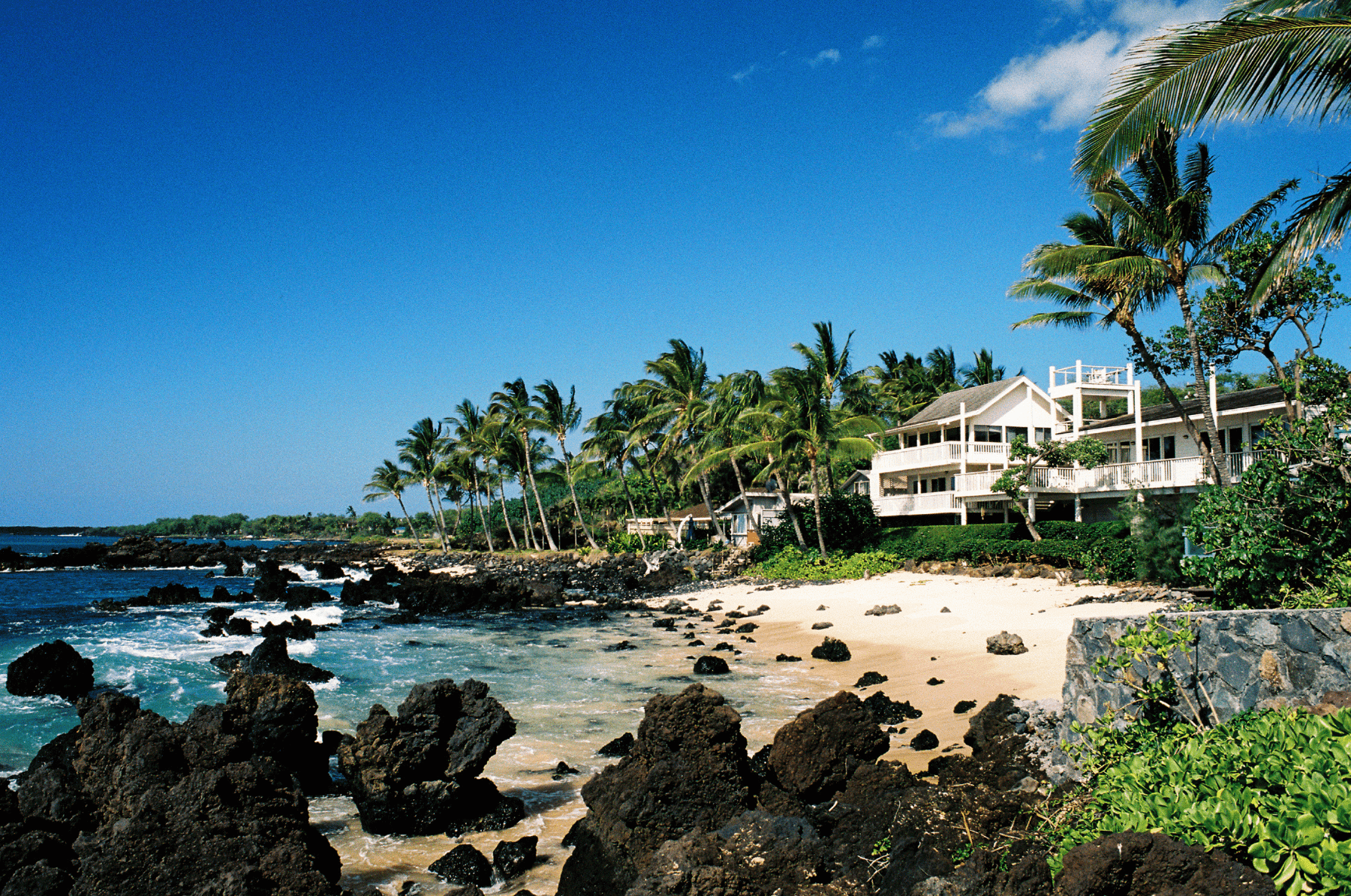Categories
CommunityPublished August 29, 2025
How Tourism Trends Shape Maui's Late Summer Real Estate Market
.jpg)
Maui is more than a vacation destination—it’s a place where many fall in love and decide to invest in property. Tourism plays a major role in shaping the rhythm of the real estate market, especially in late summer. Understanding how these visitor patterns affect buying and selling trends can give homeowners and potential buyers a valuable edge.
Tourism Peaks and Their Real Estate Impact
Maui sees high visitor numbers throughout the summer due to school vacations and family travel. In August, these patterns shift in interesting ways:
-
Families Return Home – As schools reopen across the U.S. mainland, many families wrap up their Maui vacations by mid to late August. This often results in a dip in short-term rental occupancy and can influence property owners who rely on rental income to reassess their investment strategies.
-
Longer Stay Travelers – Couples, retirees, and digital nomads with more flexible schedules tend to stay in Maui later into the season. Many of them start to seriously explore what it would look like to own a property, whether as a second home or an investment opportunity.
-
Return Visitors Exploring Homes – Visitors who toured the island earlier in the year sometimes return in August specifically to house hunt. These are often more serious buyers who have had time to research the market, secure pre-approvals, and prepare to make strong offers.
For Buyers: Why August Offers an Advantage
-
Less Market Competition – By late summer, there are fewer buyers compared to the spring and early summer peak. With fewer people actively bidding on homes, buyers may find themselves in a better position to negotiate favorable prices or secure properties that might have been out of reach just a few months ago.
-
Motivated Sellers – Sellers who listed earlier in the year and haven’t closed a deal may be more open to negotiation. August can bring an opportunity for buyers to connect with homeowners who want to sell before fall, potentially leading to better terms or added flexibility in closing timelines.
-
Investment Potential – Buying in August gives investors a chance to analyze the shift from peak summer rental demand into the quieter fall months. This transition offers valuable insight into long-term rental performance and helps buyers forecast potential revenue streams across different seasons.
For Sellers: How to Leverage August Tourism Trends
-
Highlight Rental Performance – One of the most effective selling strategies in late summer is showcasing how your property performed during the busy tourist season. Presenting rental income figures or occupancy data can be very attractive to buyers looking for investment opportunities.
-
Reach Returning Visitors – August is a prime time to capture the interest of people who have already fallen in love with Maui. Many late-summer visitors return with real estate in mind, so positioning your property strategically can help you reach this motivated audience.
-
Beat Fall Inventory Surge – Listing your home in August allows you to get ahead of the traditional increase in listings that happens in the fall. With less competition on the market, your property has a better chance of standing out and attracting serious buyers.
Tourism Trends to Watch in August
-
Visitor Arrivals & Patterns – Late-summer visitor numbers can indicate how strong buyer demand may be. When arrivals dip, it often signals that short-term rental owners might reconsider their property strategy, which can influence inventory levels.
-
Short-Term Rental Shifts – As tourist demand softens after summer, some property owners may decide to list their homes instead of relying on rentals for income. This trend can increase available inventory, creating fresh opportunities for buyers.
-
Economic Factors – Tourism isn’t just about visitors—it’s tied to broader economic factors like airline pricing, hotel rates, and spending behavior. These elements often reflect consumer confidence and can subtly affect real estate interest in Maui.
Special Insight: Moving to Maui with Pets
Relocating to Maui with pets can be more complex than moving within the mainland. Hawai‘i is a rabies-free state, and to protect this status, strict animal import regulations are enforced. The good news is that with preparation, most pets can qualify for Direct Airport Release, avoiding lengthy quarantine.
Here are the key requirements you’ll need to prepare:
| Requirement | Details |
|---|---|
| Rabies Vaccinations | Two rabies shots are required, given at least 30 days apart. Both must be current at the time of travel. |
| Microchip | A functioning microchip must be implanted before the rabies blood test, as it is used to identify your pet. |
| FAVN Rabies Antibody Test | Your pet must pass this test, showing adequate rabies antibody levels. A minimum 30-day waiting period applies after testing. |
| Required Forms | Complete and submit Form AQS-279 (Dog & Cat Import Form) and other related paperwork before arrival. |
| Fees | Pay the applicable import fees in advance to streamline the arrival process. |
| Neighbor Island Inspection Permit (NIIP) | If flying directly to Maui, pets must have this permit to be inspected at Kahului Airport instead of going through Honolulu. |
Preparing ahead with these steps ensures your pet’s arrival is smooth and stress-free.
You can review the full official checklist and regulations here:
Moving Pets to Hawaii – Direct Airport Release & Quarantine Rules
Final Thoughts
Tourism and real estate in Maui are closely intertwined, and late summer offers a unique intersection of opportunity. Whether you're buying, selling, or relocating—including with pets—understanding these seasonal dynamics can give you a strategic advantage.
If you’re considering making a move, I’d love to help guide you through every step of the process. From navigating the market to handling relocation details, let’s create a strategy that makes your Maui real estate dreams a reality.






